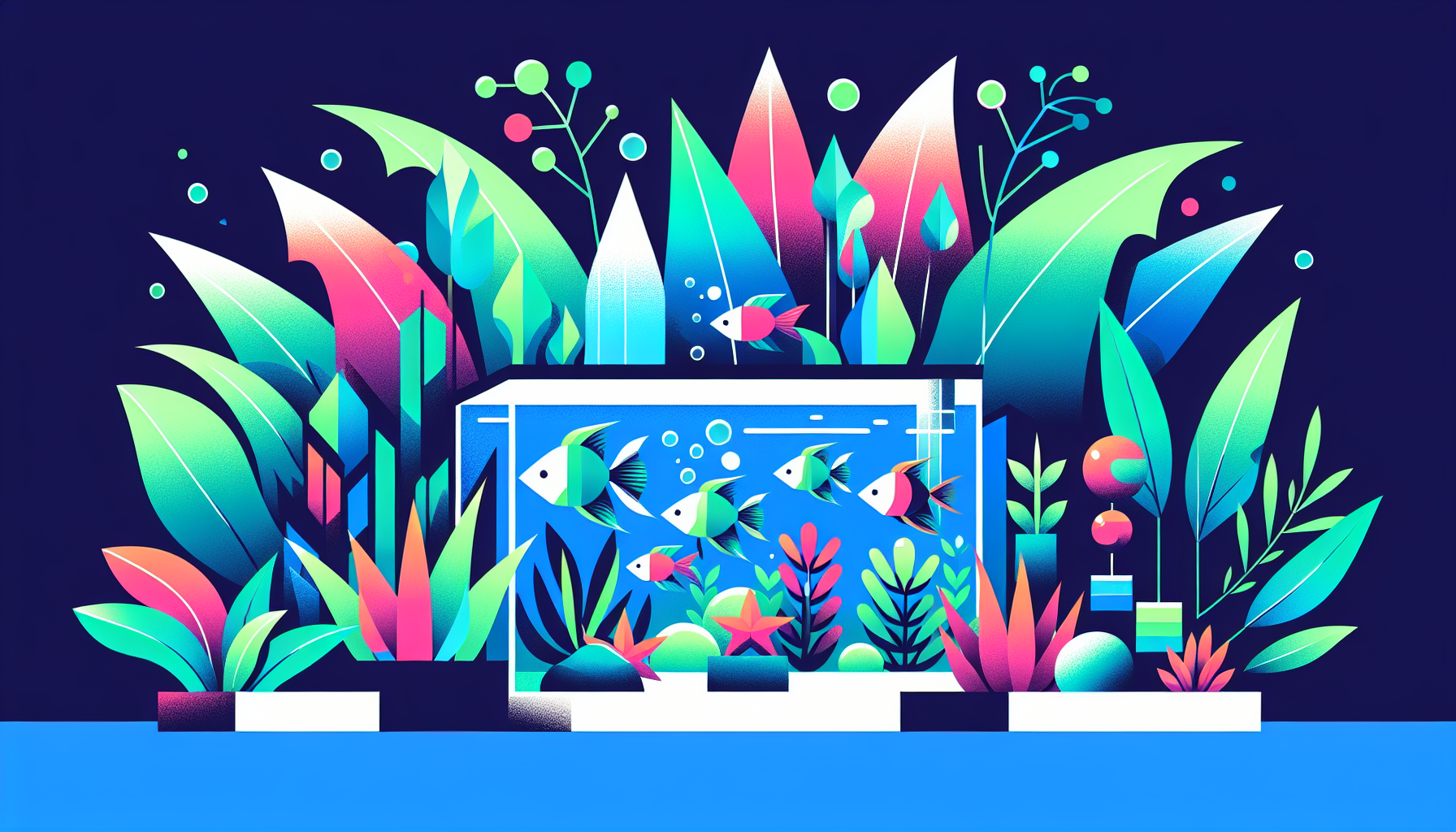The Beginner’s Guide to Aquascaping: Tips, Tools, and Step-by-Step Instructions
Are you fascinated by stunning underwater landscapes and want to learn how to create a beautiful aquarium at home? This beginner’s guide to aquascaping will help you get started on your journey. You’ll learn the essentials—from choosing the right aquarium and tools to mastering layout techniques and plant care. Let’s dive in!
What is Aquascaping?
Aquascaping is the art of arranging aquatic plants, rocks, driftwood, and other materials in an aesthetically pleasing manner inside an aquarium. Beyond visual appeal, aquascapes also contribute to the overall health of your aquarium’s ecosystem. Whether you’re aiming for a lush jungle, minimalist Iwagumi, or Dutch-style aquascape, mastering the basics sets the foundation for your success.
Essential Tools and Supplies for Aquascaping
- Aquarium tank: Choose a size that fits your space and skill level. A 10-20 gallon tank is ideal for beginners.
- Lighting: High-quality LED lights promote healthy plant growth and bring out colors.
- Substrate: Nutrient-rich substrates like aquasoil or planted tank gravel stimulate root development.
- Filtration: A reliable filter maintains water clarity and a stable environment.
- Aquascaping tools: Tweezers, scissors, and spatulas provide precision when planting and arranging materials.
- Hardscape materials: Rocks (such as Seiryu stone), driftwood, and other decor form the structure of your scape.
- Live plants: Begin with hardy species like Anubias, Java Fern, or Cryptocoryne.
For more on selecting the right substrate, see our detailed guide on Best Aquarium Substrate for Planted Tanks.
Planning Your Aquascape: Styles & Inspiration
Before you start, decide on the style that fits your vision and aquarium size. Here are some popular aquascaping styles to consider:
- Nature Aquarium: Mimics natural landscapes, often using rocks and driftwood to create a tranquil scene.
- Iwagumi: A minimalist Japanese style emphasizing stones as the main focal point, usually with just one or two types of plant.
- Dutch Aquascape: A vibrant, plant-heavy layout with different colors and textures arranged in well-defined groups.
Browse inspiration and beginner-friendly aquascape setups in our Aquascape Gallery.
Step-by-Step Aquascaping for Beginners
Step 1: Prepare and Arrange Your Hardscape
Rinse all rocks, wood, and substrate thoroughly before placing them in your aquarium. Start with the substrate, creating sloped layers for a sense of depth. Next, position rocks and driftwood, using the “rule of thirds” to establish strong focal points and natural flow within your layout.
Step 2: Plant Selection and Planting Techniques
Hardy plants are best for beginners. Arrange taller species at the back and shorter foreground plants in front. Use aquascaping tweezers to gently insert stems and rhizomes, taking care not to damage delicate roots. Leave open space for fish to swim and plants to grow.
Step 3: Fill and Cycle the Aquarium
Once your layout is complete, slowly fill the tank with dechlorinated water to avoid disturbing your design. Install your filter and heater (if needed), and begin the nitrogen cycle—an essential step for establishing a healthy tank. Test water parameters regularly and make water changes as necessary (read our Aquarium Cycling Guide for details).
Step 4: Lighting, CO2, and Fertilization
Plants require 8–10 hours of light daily. Consider adding a CO2 system for lush growth, but many beginner plants thrive without it. Use liquid fertilizers or root tabs to maintain plant nutrition, monitoring algae levels to prevent overfeeding.
Step 5: Regular Maintenance and Troubleshooting
Regular pruning, water changes, and cleaning keep your aquascape healthy and beautiful. Remove dead leaves, trim overgrown plants, and clean glass surfaces to prevent algae buildup. Don’t be discouraged by initial setbacks—every aquascaper faces challenges as they learn!
Common Mistakes to Avoid for Aquascaping Beginners
- Overstocking fish: Too many fish can overload your tank and harm water quality.
- Overfeeding: Uneaten food leads to algae and poor water conditions.
- Neglecting plant care: Inadequate lighting, nutrients, or CO2 can cause plants to melt or die.
- Ignoring the nitrogen cycle: Cycling is critical to establishing a balanced, stable aquarium.
Final Thoughts: Start Your Aquascaping Journey Today!
Aquascaping is a rewarding hobby that combines creativity, science, and a love for underwater nature. Start simple, learn as you go, and don’t be afraid to experiment with layouts and plant varieties. For more expert tips and in-depth tutorials, be sure to explore our Aquascaping Tips section.
Ready to create your first aquascape?
Subscribe to our newsletter for regular aquascaping tips, DIY guides, and inspiration straight to your inbox. Your dream aquarium awaits—happy aquascaping!



